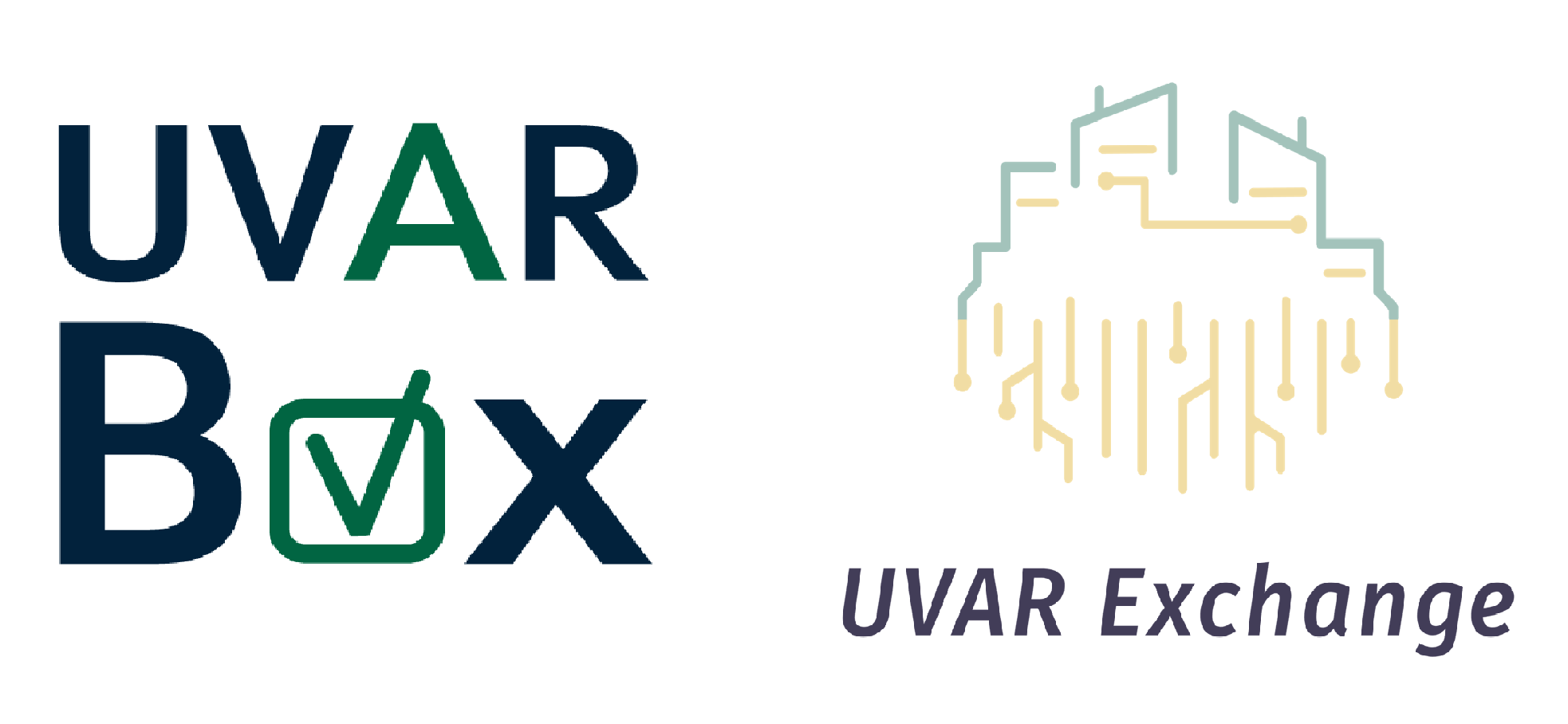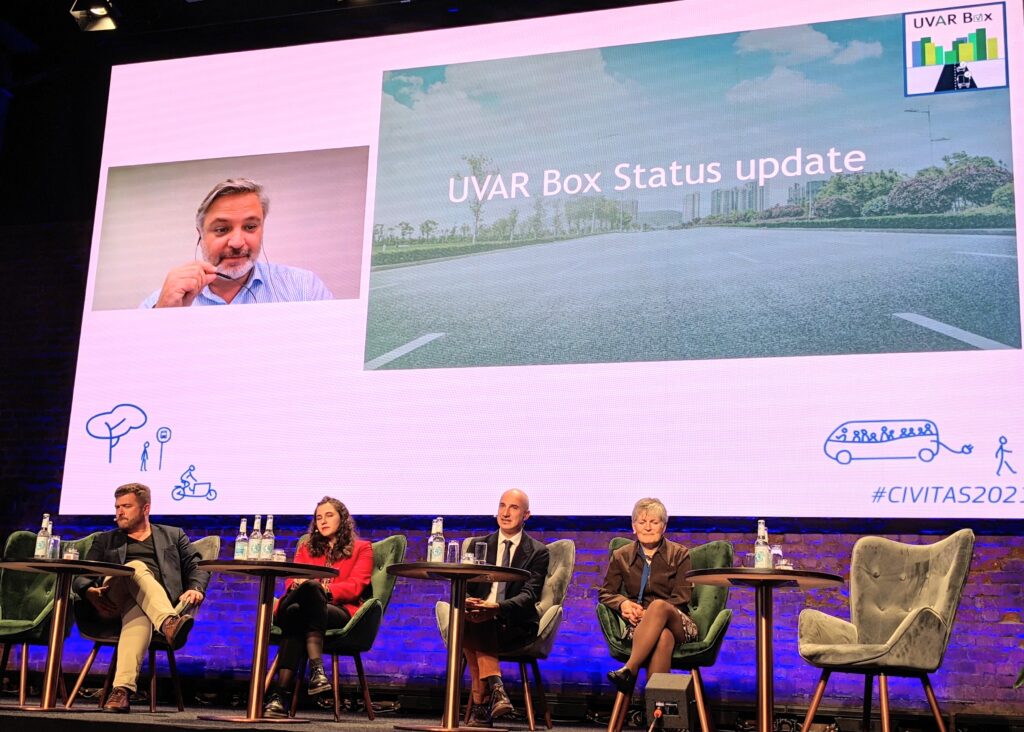Urban vehicle access regulations (UVARs) have multiple facets. Whereas UVARBox is promoting the digitisation of UVARs across our project countries, others are aiming to support cities in the establishment of UVARs or are highlighting new approaches, including the integration of UVARs in so-called ‘functional urban areas’. All these topics were combined into a dedicated UVAR session during the CIVITAS Forum 2021, which took place in Aachen, Germany. UVARBox highlighted the importance of the digitisation and harmonisation of data to achieve a common European-wide database in the DATEX-II-format.
The two-day event, which was attended by around 200 stakeholders from all over Europe allowed participants to exchange about topics like ITS, UVAR, MaaS, CCAM, parking, active mobility, emerging mobility solutions and much more. Besides a diverse programme of topical sessions, participants could exchange with around 20 companies and EU-funded projects in the exhibition area.
Thanks to the organisational efforts of the Polis Network, a dedicated UVAR session was held on the second day of the Forum. Whereas the EU-funded project of ReVeAL focused on several best practices of UVAR implementations by their partner cities, which have led to several extensive brochures and guides, the Interreg-funded Dynaxibility4CE project highlighted the aspects of the ‘functional urban area’.
The latter is a description of the urban area of a city and its commuting zone. Thus, Dynaxibility4CE is advocating for a more holistic approach during the setup of an UVAR in the inner centres of European cities. This will reduce negative externalities and increase acceptance, as potential commuters are being involved in the discussions.
Those commuters and potential tourists are an important focal point for UVARBox as well, as our project coordinator Pedro Barradas (ARMIS) pointed out. The digitisation of UVAR information is essential to guarantee compliance, increase acceptance and facilitate enforcement. Barradas presented the digitisation efforts and encouraged participants to get into contact with our national coordinators, such as Cosimo Chiffi, who chaired the UVAR session.
Last, but not least, a focus was set on the cooperation among authorities concerning enforcement and data exchange. These efforts are fostered by our UVARBox-successor ‘UVARExchange’. This European Parliament-funded project will demonstrate the harmonization of physical road signs and will foster the sharing of technical information related to emission standards by accessing relevant vehicle data from other EU Member States.

